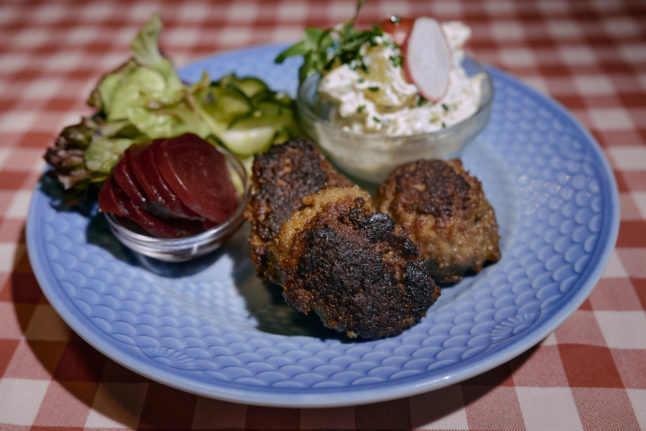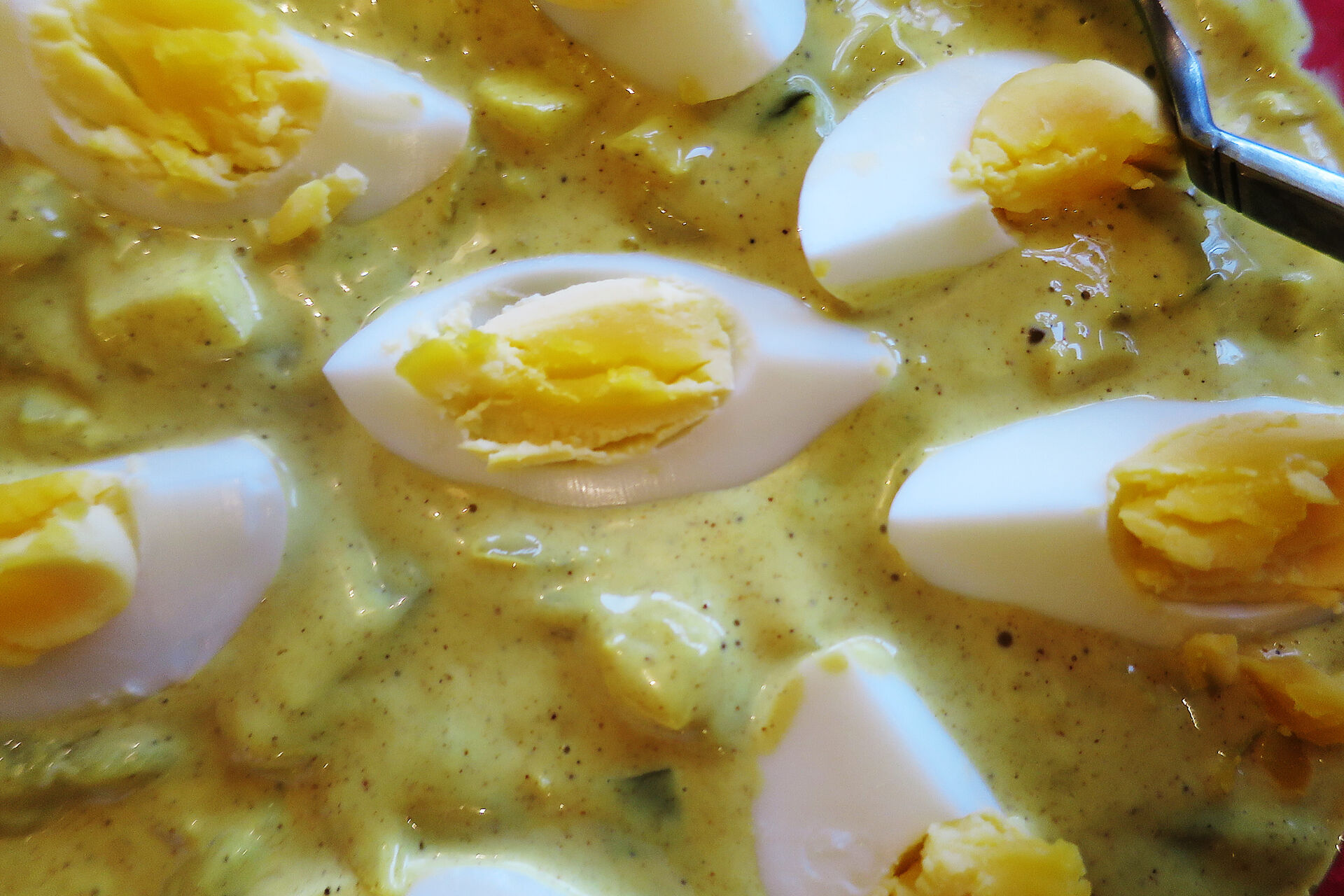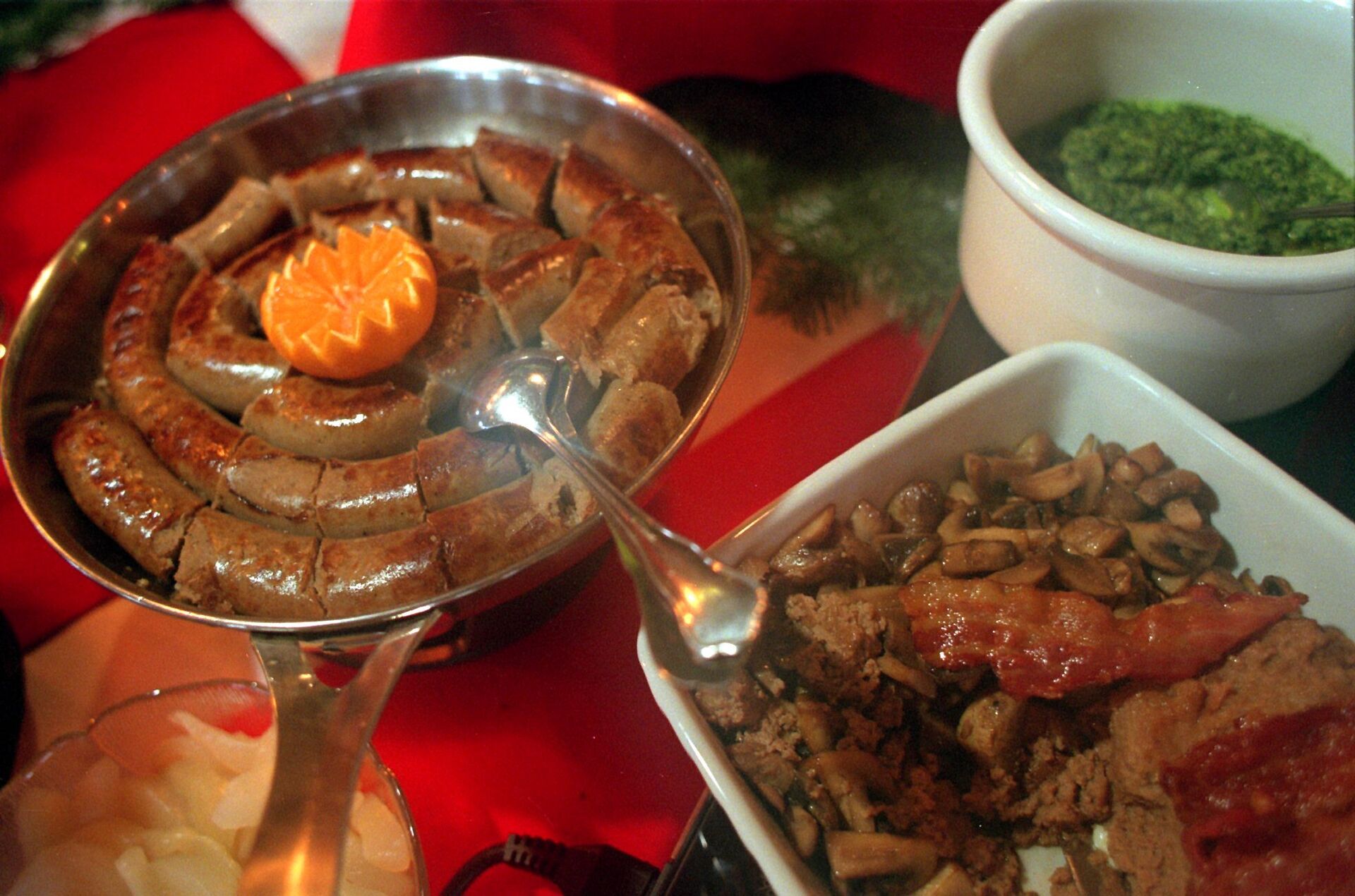KEBAB
The six best kebab shops in Copenhagen
Our friends at Scandinavia Standard have gone through the rigorous research of eating their way through the capital's kebab restaurants. Here they offer their picks for the six best joints in town.
Published: 27 July 2014 10:41 CEST

Photo: Josef Brock, Scandinavia Standard
Oh kebabs, you old frenemy. I love a good kebab. I may love them too much. Although in Copenhagen shawarma, falafel and other Middle Eastern fare are sometimes seen as the equivalent of fast food (or drunk food), I am going to have to raise issue on this one. A kebab done well has few betters in the food world and though they can be hard to find in Denmark, they are worth the search.
So Scandinavia Standard, that beacon of personal discovery, has done the digging so that you don’t have to. No, no, don’t thank us. Your full bellies and smiling faces covered in food are thanks enough (but seriously, wipe your mouth, that’s gross). Here are our favorite places for a kebab to-go or a plate complete with tabbouleh and hummus.
Gallery: Scandi Six | Copenhagen kebab shops
Scandinavia Standard is a website and lifestyle brand providing content on design, culture and local business in the Scandinavian capitals for English-speaking residents and travelers, as well as those interested in the Scandinavian aesthetic internationally. Read more at: www.scandinaviastandard.com.
Url copied to clipboard!




 Please whitelist us to continue reading.
Please whitelist us to continue reading.
Member comments